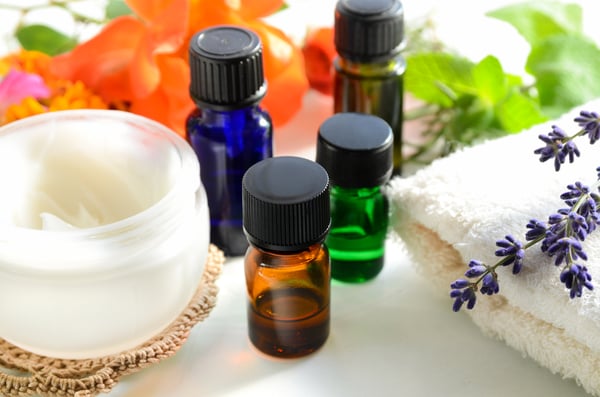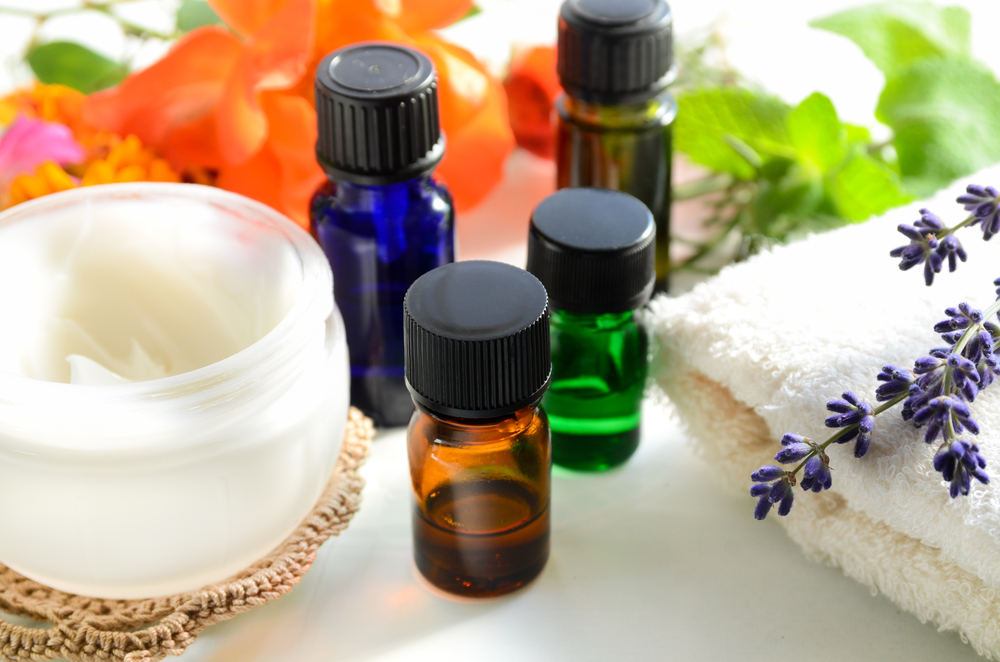Alternative Treatments for a Vein Condition

It’s nice to have options - especially when it comes to health care. If you’ve been struggling with any of the symptoms of a vein condition: swollen legs, ankles or feet, numbness, cramping, or skin discoloration in the legs and ankles, you may be tempted to try remedies on your own before scheduling treatments. When practical alternatives are available, it’s important to know what works and what is just a myth. I’ve listened to hundreds of patients over the years, heard about things they’ve tried, and am offering my opinion on the choices that are out there.
Root Cause of a Vein Condition
In that exploration, it’s important to remember the root cause. A vein condition is caused by venous insufficiency, or vein reflux. It occurs when the vein wall stretches out which then causes the valves in the walls of your leg veins malfunction. These valves become weakened and lose their ability to close completely, limiting the flow of blood as it circulates back to your heart. The result is that blood pools in your legs, and this pooling causes the symptoms you experience. It is a condition that will worsen over time.
Treating The Symptoms Vs Treating the Condition
It’s important to understand that there is a significant difference between actually treating the root of the problem, vein reflux, and simply making the visible evidence of it disappear. Vein treatments by a specialist in vein care is the most certain way to treat the underlying condition. However, options are available for anyone who might want to minimize symptoms or simply improve the look of their legs. That’s why I’ve compiled this analysis of the ways my patients have attempted to treat themselves over the years with variable success.
Methods that Can Help Alleviate the Symptoms
The following are items that I’ve heard people report on that they have experienced some degrees of success on improving the symptoms. Make note, none of these will stop the progression of the condition from progressing, which is the natural course of this condition.
Compression stockings
Use of compression stockings is the most reliable means to relieve symptoms. It does this by squeezing the vein walls together which makes the vein valves work better. The result: less reflux and stagnant blood. Most leg symptoms as well as general fatigue (the most common symptom we see) can be improved, but they need to be worn first thing in the morning until you go to bed at night. Getting the size right is important - too loose and they won’t help, too tight and they really hurt. Perhaps more important, if stockings help, this confirms the diagnosis of vein reflux so that you will know what is causing your symptoms.
Vein creams, lotions and oils.
Different creams touted as alleviating varicose veins can provide benefit based on their individual functionality, but it’s unlikely and, I believe, an unrealistic expectation that a cream will treat vein reflux. They may, however, provide temporary relief from the various symptoms you experience by soothing any itching, swelling, or pain. If you are having symptoms of itching or stinging pain over a cluster of visible veins, a topical agent with anti-itching, analgesic (pain relieving) or anti-inflammatory may provide relief. Most vein symptoms are due to problems below the skin level, and tropical agents do not penetrate more than a fraction of an inch.
Natural herbs and extracts
Patients have shared various natural herbs and extracts that provide various forms of relief from the symptoms of vein reflux, mostly for pain and inflammation. Some examples include:
- Curcumin - This is the active ingredient in turmeric and curcumin it can improve symptoms since it works as an anti-inflammatory. The patient response is quite variable and the best way to learn if it will help is to try it. It comes in many forms including a gel, cream, pill or oil.
- Capsaicin - A chemical compound from chili peppers, capsaicin is used as an ointment to alleviate back, joint and muscle pain. It is applied directly to the areas of discomfort, and it is recommended to use them up to 4 times a day. It can be associated with a definite burning sensation - this is common but not dangerous.
- Horse Chestnut Extract - Horse chestnut is a tree, and its seed, bark and flower can be used to make an extract with medicinal purposes, but that it is considered a poison if eaten raw. In vein conditions, this treatment can definitely help with symptoms and many patients report relief with its use. It works by constricting the veins so that they are not stretched out as bad and the vein valves start working better. Studies have confirmed that it does provide symptom relief, but it does not prevent progression of the condition.
- Grape Seed Extract - Made from the ground grape seeds of red wine grapes, grape seed extract is full of antioxidants and there is some evidence to support the claim that it can help with circulatory issues like chronic venous insufficiency. Patients do not report improvement with the use of this supplement.
- CBD Oil and natural hemp extract - Studies are ongoing, but preliminary research indicates that CBD Oil can help alleviate the symptoms associated with vein reflux by acting as a pain reliever. You can try pills or creams to see if they will provide relief. As mentioned above creams will likely only help discomfort from visible veins, not the ones under the skin.
Physical changes
There are physical changes you can make that will help lessen the severity of symptoms and, when receiving vein treatment, aid in the recovery process. I highly recommend the following as important parts of a healthy lifestyle.
- Diet modification. Since the symptoms of a vein condition are due to inflammation from the stagnant blood, pursuing an anti-inflammatory diet is a reasonable approach. However, it should be considered an adjunct to other approaches since it will not reduce the inflammation from the vein condition but will only cut down inflammation from your diet.
- Avoid high heel shoes, since these shoes prevent the calf muscle from pumping the blood out of the leg.
- Frequent walking and exercising throughout the day helps circulation and activates blood flow in the legs where vein reflux occurs.
- Losing weight decreases the abdominal pressure on the veins in your legs allowing for better circulation
- Elevating your legs in the evenings, or during the day as needed, will help stagnant blood flow, giving gravity a chance to pull the blood back out of the legs.
- Physical therapy can manually massage the legs and help reduce inflammation. While not a solution for vein reflux, it can stimulate blood flow, reduce pain and lessen inflammation.
- Compression stockings mimic what normally functioning valves would do. The tightness closes the valves so that blood doesn’t backflow into your legs. Note that many insurance companies require a stocking trial of 60-90 days prior to authorizing vein treatment, confirming that a venous insufficiency is in fact the underlying issue.
Bottom Line
Nearly all these options above are safe to try, though I recommend a conversation with your healthcare provider or pharmacist first to make sure that any herbs, extracts, oils or supplements won’t interfere with medication you may be taking. It may be worth a try, to see if you can find relief from symptoms. Remember though, that relief is temporary and long lasting and more complete relief comes with vein treatments.


